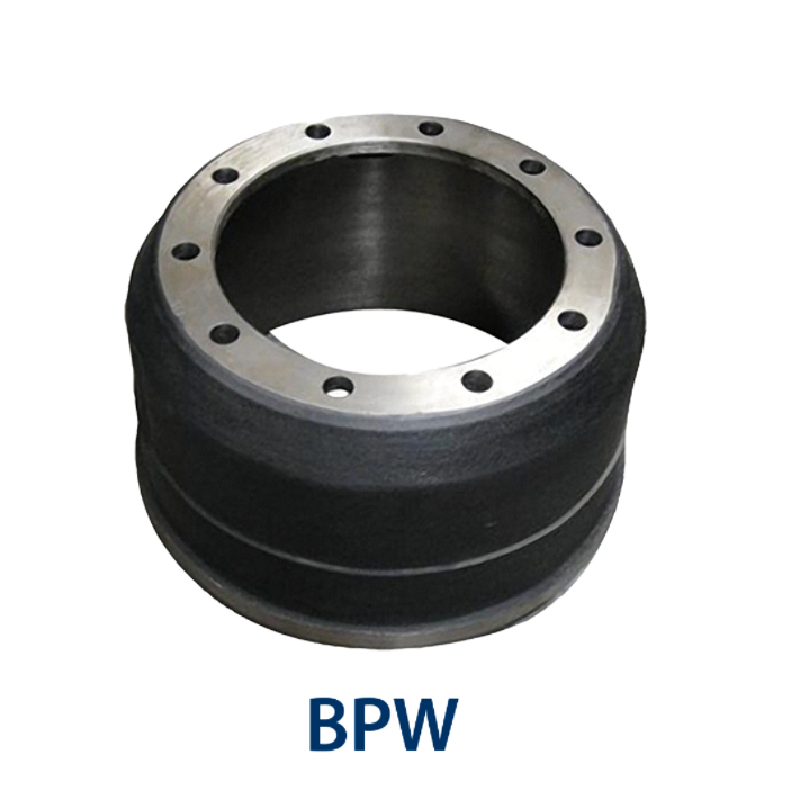സെപ് . 23, 2024 16:15 Back to list
Upgrading Brake Systems from Drums to Discs for Enhanced Performance and Safety
Converting Brake Drums to Discs A Comprehensive Guide
Upgrading your vehicle’s braking system is a significant decision that can enhance safety and performance. One of the most effective upgrades is converting brake drums to disc brakes. While drum brakes have been a standard for many years, disc brakes offer several advantages, making this conversion an appealing option for car enthusiasts and everyday drivers alike.
Understanding the Basics
Brake drums operate on a different principle than disc brakes. In drum brakes, the brake shoe presses against the inside of the drum to create friction and slow the vehicle. In contrast, disc brakes consist of a flat, circular disc that the brake pads clamp down on to stop the wheel's rotation. This difference in design leads to several performance benefits.
Benefits of Disc Brakes
1. Improved Stopping Power Disc brakes generally provide superior stopping power compared to drum brakes. They offer better heat dissipation, which helps maintain braking performance even under heavy use. As a result, vehicles equipped with disc brakes can achieve shorter stopping distances.
2. Reduced Brake Fade Under prolonged braking, drum brakes can experience brake fade due to overheating. Disc brakes, however, are less prone to fade, making them more reliable for various driving conditions, especially during aggressive driving or towing.
3. Easier Maintenance Disc brakes are usually easier to inspect and service than drum brakes. Replacing brake pads can often be done without the challenges associated with drum brake assemblies, leading to lower maintenance costs and time saved.
The Conversion Process
converting brake drums to discs

Converting from drum to disc brakes involves several steps, but with proper knowledge and tools, it can be a manageable project. Here’s a brief overview of what the process typically entails
1. Acquire Necessary Components You will need a disc brake conversion kit, which typically includes brake calipers, rotors, and mounting hardware. Ensure that the kit is compatible with your vehicle’s make and model.
2. Remove the Existing Drum Brake Assembly Begin by safely lifting the vehicle and removing the wheels. Disconnect and remove the drum brake components, including the drum, shoes, and springs.
3. Install the New Disc Brake Assembly Follow the instructions provided with your conversion kit to mount the new disc brakes. This step includes securing the rotors, calipers, and brake lines properly.
4. Bleed the Brakes Once the new components are in place, it’s essential to bleed the brake system to remove any air bubbles, ensuring optimal braking performance.
5. Test the Brakes After the installation, conduct a thorough test drive in a safe area to ensure that the brakes function correctly and effectively.
Conclusion
Converting brake drums to discs can significantly enhance your vehicle's braking performance, safety, and reliability. While the process requires some mechanical knowledge and skill, the benefits of improved performance, reduced maintenance, and increased safety make it a worthwhile investment. Whether you are looking to enhance a classic car or improve your daily driver, this upgrade can provide peace of mind on the road.
-
Brake Drum Man - High-Quality Drum Brake Drums & Brake Shoes for Reliable Performance
NewsJun.24,2025
-
High-Quality Brake Drum Kamaz – Durable Drum Brake Drum & Brake Shoe Replacement
NewsJun.10,2025
-
High-Quality Brake Drum Liza for Drum Brake Systems - Superior Durability and Performance
NewsJun.10,2025
-
High-Quality Brake Drum Kamaz – Durable Drum Brake Drum & Brake Shoe Solutions
NewsJun.10,2025
-
Durable Kamaz Brake Drums High-Performance Truck Parts
NewsJun.09,2025
-
Premium Brake Drum Maz Kit with Shoes Enhanced Braking
NewsJun.09,2025
